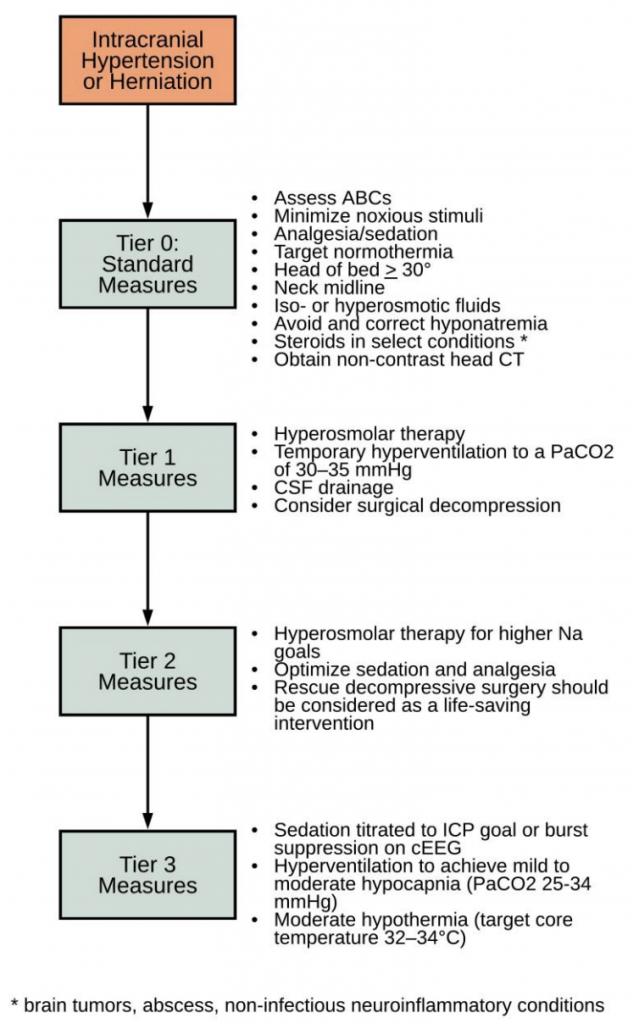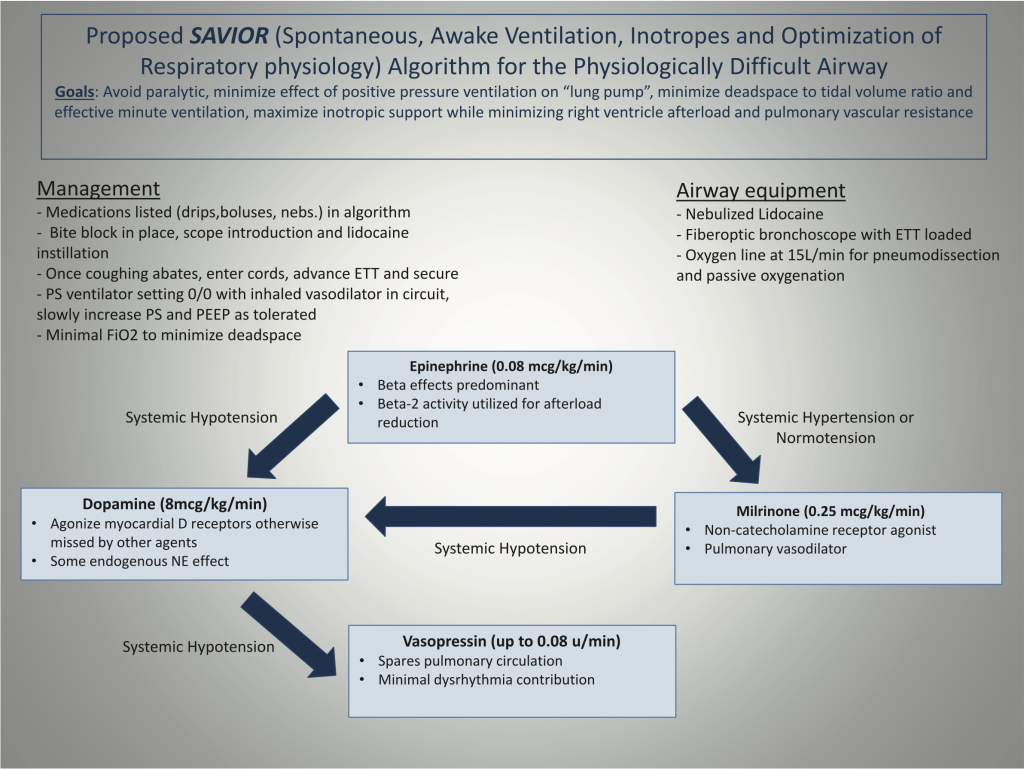Podcast: Play in new window | Download
Subscribe: Apple Podcasts | Spotify | Android | Pandora | iHeartRadio | TuneIn | RSS
A detailed look at cirrhosis and acute-on-chronic liver failure as we typically see it in the ICU, with Dr. Elliott Tapper, gastroenterologist and transplant hepatologist, and director of the cirrhosis program at the University of Michigan in Ann Arbor.
Takeaway lessons
- When treating liver patients, think infection, infection, infection—and understand that with good care and reversal of the underlying cause, they can get better.
- Lactulose is always the first line agent for hepatic encephalopathy. Rifaximin is a potential adjunct.
- Ammonia levels are prone to sampling errors and correlate poorly with clinical encephalopathy. Although it may cause fights, there’s usually little value in monitoring it.
- MELD is a useful tool for prognostication, but an admittedly blunt one that fluctuates in response to many factors.
- AST tends to be higher than ALT in alcoholic hepatitis, partly because alcohol metabolism depletes B6, which is needed for ALT production. Cirrhosis also increases the halflife of AST. However, alcohol use is usually most easily detected from the history, not by comparing labs.
- AST or ALT in the thousands is usually due to causes other than alcoholic hepatitis. In the hospital, rule out obstruction with an ultrasound, consider drug reaction, and consider clots (e.g. portal vein thrombosis), although this last isn’t the most common.
- The most common cause of extrmely elevated liver enzymes in-hospital is probably cardiogenic shock, particularly some combination of system hypotension and venous congestion. Since portal vein pressures are intrinsically low, it doesn’t take much venous congestion to counter that flow gradient, leaving only the hepatic artery for perfusion. Unfortunately, the arterial circulation usually only provides about 20-30% of hepatic perfusion, which leaves the liver vulnerable to systemic hypotension.
- Exacerbations of cirrhosis and liver failure most often present due to infection. Imbalances of fluid (i.e. hyper- or hypo-volemic) are common as well.
- Diagnostic paracentesis is mandatory for these patients to rule out SBP. Every hour it’s delayed may increase mortality. Empiric treatment alone is not adequate (agents like ceftriaxone will often be the wrong choice). Overall, those who undergo paracentesis are less likely to die in the hospital.
- The AGA (American Gastroenterology Association), AASLD (American Association for the Study of Liver Diseases), and SIR (Society of Interventional Radiology) all agree: not only is paracentesis generally safe in cirrhotic “coagulopathy,” providers should not even consider the INR when assessing risk. This number only reflects a portion of the clotting cascade, but does not show the “rebalancing” caused by other factors, such as increased platelet activity and increased factor VIII production. The net result is generally an increased tendency for clotting, not bleeding, unless other coagulopathic processes are present.
- Bleeding from paracentesis is extremely rare, and generally due to mechanical reasons (usually puncturing a vessel), not coagulopathy. Just tap them!
- When diagnosing new ascites, a SAAG >1.1 is usually due to portal hypertension, but can also be caused by heart failure (congestive hepatopathy). Total protein >2.5 in ascites is more suggestive of ascites.
- >250 polys and positive culture in ascites is diagnostic of SBP. Innoculating culture bottles at the bedside increases the yield compared to just filling tubes.
- Look outside the abdomen for infection too, with blood cultures, chest xrays, etc.
- Alcoholic hepatitis per se may (maybe) be treated with steroids, but infection, renal injury, and other factors are relative contraindications. In any case, steroid treatment is not emergent and can be instituted after a day or two for the picture to settle. Consider the Lille score after 4 days to see if it’s worth continuing for a full 28 days.
- In hepatic encephalopathy, a true induction dose of lactulose is needed. Consider 60ml q2h until they’re pooping or waking up. If they don’t wake up in 6 hours or so, this is more likely to be toxic encephalopathy from infection.
- Since toxins are also cleared through the urine, address AKI as well. Consider fluids: 1.5g/kg of 25% albumin on day 1.
- Hepatorenal syndrome is treated by norepinephrine (maybe terlipressin if you’re in the UK). Granted, many of these patients are already on it.
- Liver transplant for alcoholic hepatitis can be tricky, but isn’t impossible at all, even in patients actively drinking up until their hospitalization. Attitudes toward this depend highly on the culture of the transplant center. The best candidates are those who have not yet had a full chance to engage with relapse prevention and substance use disorder care, and all of their medical processes should be either resolved or diagnosed (i.e. their primary problem should now be their liver failure, the causes of which should be clear, and there are no active infections or other processes that would threaten the transplant). Such patients certainly may be a risk for relapse, but will at least be alive to try. And ICU patients are likely to be sick enough to jump to the top of transplant lists. Don’t assume that transplant is impossible; discuss with the transplant team and let them decide.
- MARS, or “liver dialysis” with hepatoblastoma cells in the filter, is interesting, but so far the evidence remains negative.
References
SIR Guidelines on paracentesis in coagulopathy: Patel IJ, Rahim S, Davidson JC, et al. Society of Interventional Radiology Consensus Guidelines for the Periprocedural Management of Thrombotic and Bleeding Risk in Patients Undergoing Percutaneous Image-Guided Interventions-Part II: Recommendations: Endorsed by the Canadian Association for Interventional Radiology and the Cardiovascular and Interventional Radiological Society of Europe. J Vasc Interv Radiol. 2019;30(8):1168-1184.e1. doi:10.1016/j.jvir.2019.04.017
Importance of early paracentesis: Kim JJ, Tsukamoto MM, Mathur AK, et al. Delayed paracentesis is associated with increased in-hospital mortality in patients with spontaneous bacterial peritonitis. Am J Gastroenterol. 2014;109(9):1436-1442. doi:10.1038/ajg.2014.212
Failure to perform paracentesis is associated with increased mortality: Orman ES, Hayashi PH, Bataller R, Barritt AS 4th. Paracentesis is associated with reduced mortality in patients hospitalized with cirrhosis and ascites. Clin Gastroenterol Hepatol. 2014;12(3):496-503.e1. doi:10.1016/j.cgh.2013.08.025






